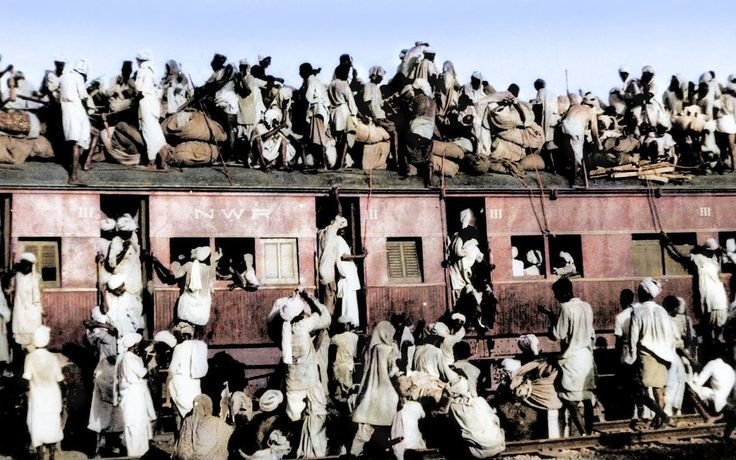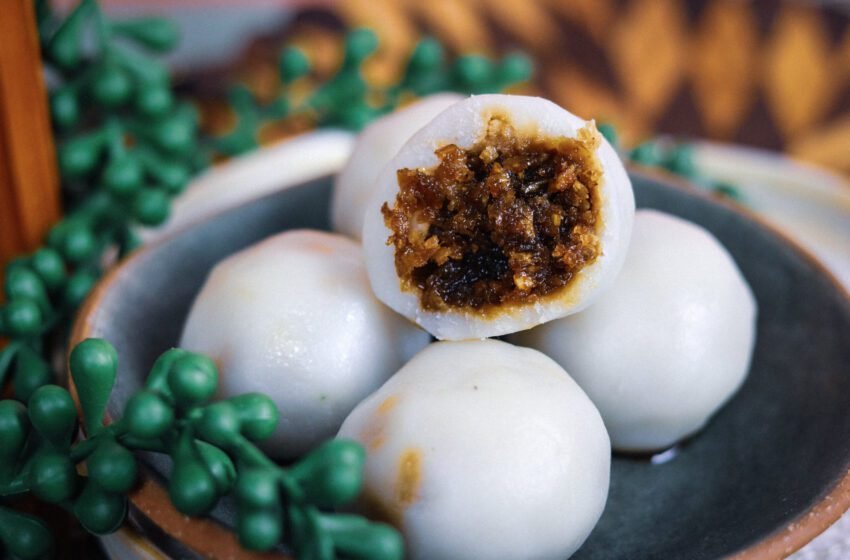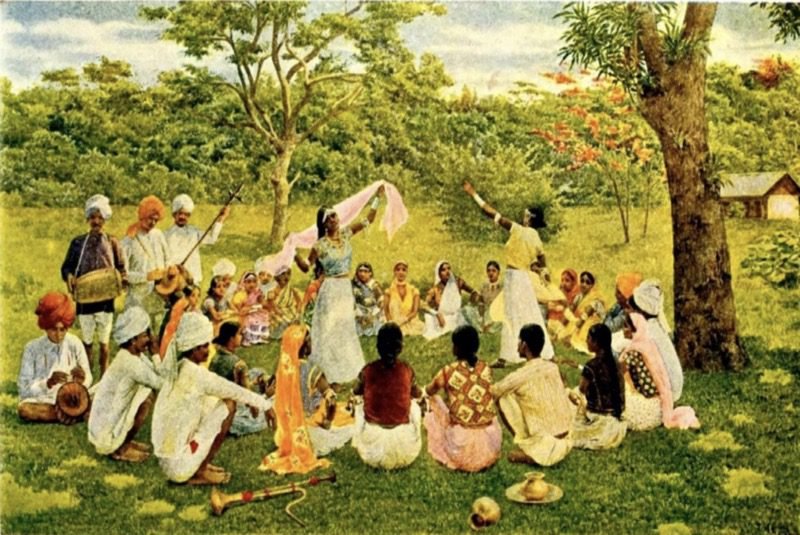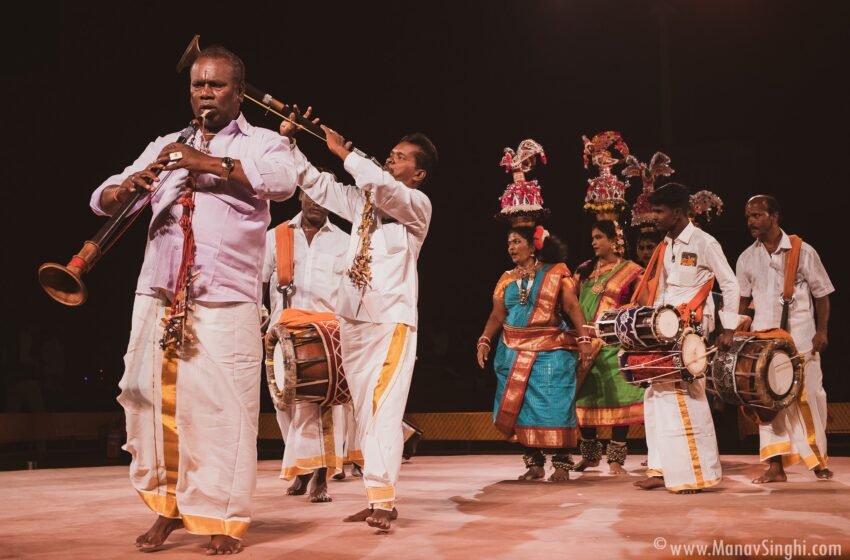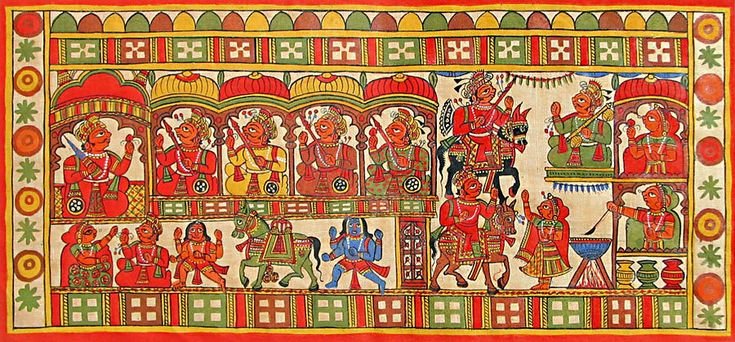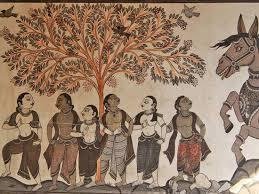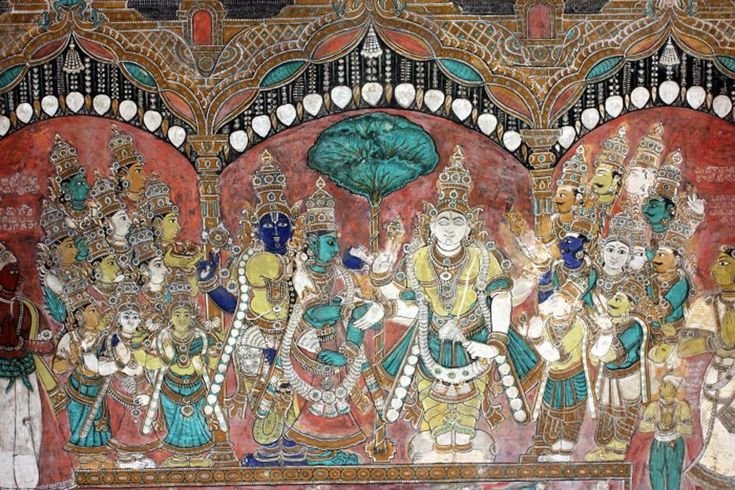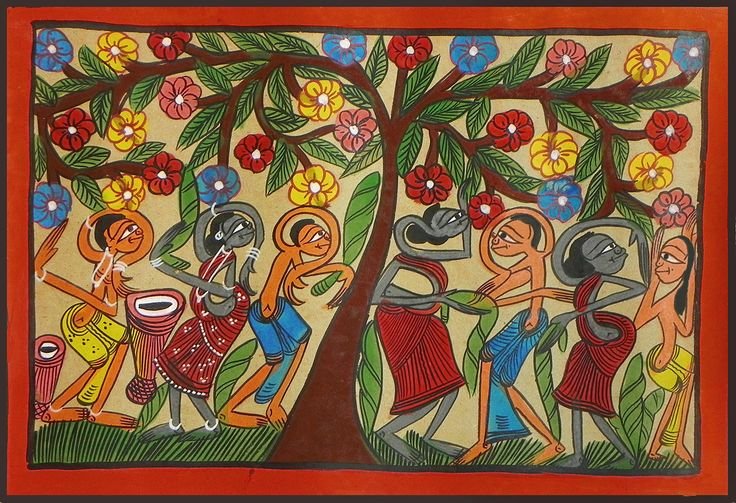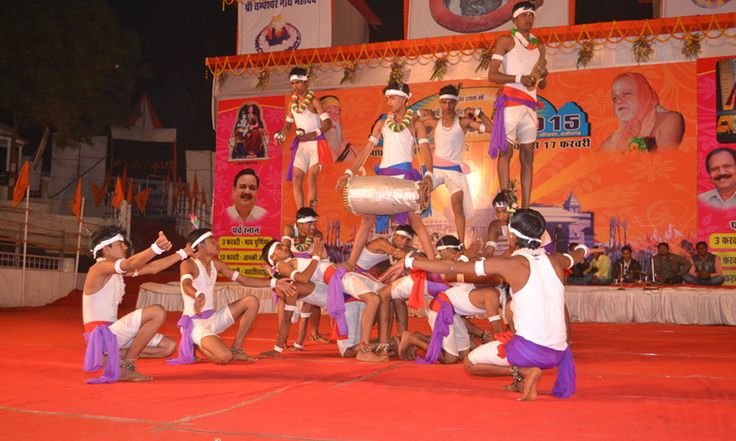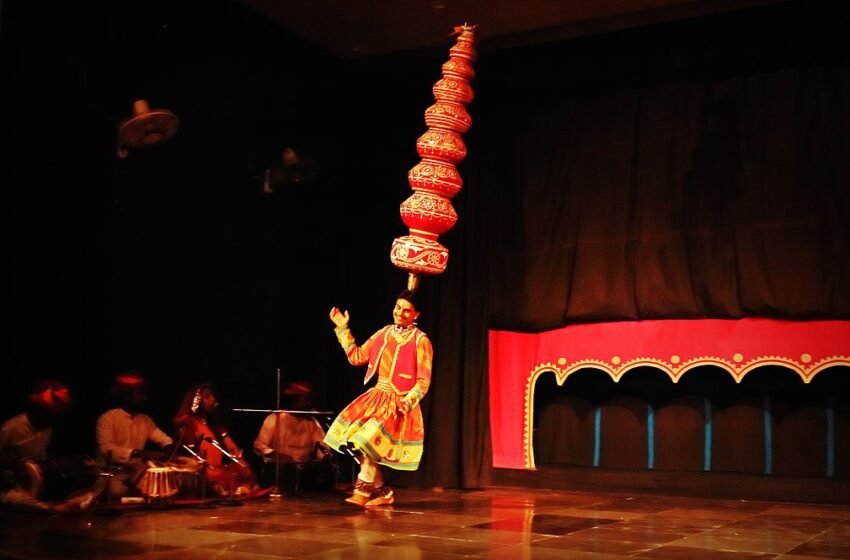The Partition of India in 1947 was perhaps the most traumatic event in the history of the subcontinent, leaving indelible scars on the collective psyche of its people. Literature—particularly poetry—was a potent tool to convey the sorrow, anguish, and disillusionment that ensued. Hindi poetry, more than any other form of poetry, has contributed immensely in […]Read More
Tags : HISTORY
– Trushti Dand Significance of the Title Kozhikkatta Appam refers to a traditional South Indian steamed rice dumpling, often filled with sweet coconut and jaggery. The word “Kozhikkatta” (also spelled Kozhukatta or Kozhukattai) comes from Tamil and Malayalam, where “Kozhukatta” means a steamed dumpling made from rice flour. “Appam” generally refers to pancakes or steamed […]Read More
Chutney music, an extraordinary fusion of Bhojpuri folk traditions and Caribbean influences, holds a unique place in the history of music. Originating from the indentured labor communities of Bihar and Uttar Pradesh, this genre traveled thousands of miles across oceans, transforming into a vibrant musical expression of the Indian diaspora in the Caribbean. Over time, […]Read More
Karakattam is a traditional Tamil folk dance that weaves music, rhythm, and worship together in honor of the life-giving power of water. The songs sung while dancing during Karakattam are of profound cultural and religious value, mostly in tribute to water and rain deities such as Mariamman, the rain goddess. The songs and performances have […]Read More
Nestled in the heart of Rajasthan, one of India’s most vibrant and culturally diverse states, there exists a folk tradition that seamlessly weaves together art, storytelling, and spirituality. Among the many artistic forms that define Rajasthan’s rich heritage, Pabuji ki Phad stands out as a truly unique and remarkable tradition. These elaborate scroll paintings tell […]Read More
Odisha, located in the heart of Eastern India, has long been a hub of cultural and artistic richness, especially in the realm of religious art. The state’s temples, famous for their intricate architecture and spiritual significance, are also home to a lesser-known but once-thriving artistic tradition: Bhitti Chitra, or wall paintings. These beautiful murals once […]Read More
Kalamkari, with its intricate designs and rich history, is celebrated for its artistic beauty and cultural significance. But beyond the well-known commercial versions of this textile art lies a more sacred and lesser-known tradition—the Kalamkari temple paintings of Tamil Nadu. Unlike their market-driven counterparts, these paintings are created as devotional offerings in temples, depicting divine […]Read More
Santhal paintings, a vibrant and colorful expression of art, come from the Santhal tribe—one of India’s oldest and largest indigenous communities. Found primarily in the states of West Bengal, Jharkhand, Odisha, and Bihar, the Santhals have crafted a unique artistic style that mirrors their daily lives, traditions, and spiritual beliefs. Despite the charm and cultural […]Read More
Panthi Dance, a vibrant and spiritually enriching folk dance of Chhattisgarh, is deeply rooted in the religious traditions of the Satnami community. More than just a dance form, it is a medium of expressing devotion, philosophy, and cultural identity. This dance is primarily performed on Maghi Purnima, which marks the birth anniversary of Guru Baba […]Read More
Bhavai is one of the most thrilling and visually mesmerizing folk dances of India, performed primarily in the states of Rajasthan and Gujarat. This dance form is a perfect blend of artistry, skill, and cultural expression, featuring female performers balancing multiple earthen pots or brass pitchers on their heads while gracefully dancing on glass, the […]Read More
